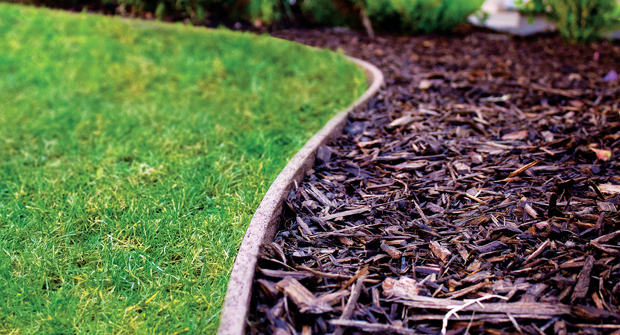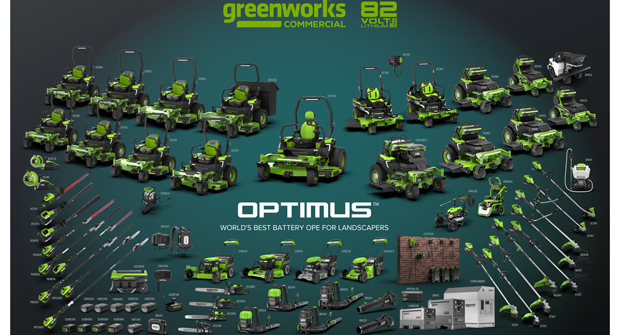With its crisp, clean lines, landscape edging can be a great complement to a landscape’s borders.
Landscape edging experts Mike Hugg, senior consultant for Monarch Landscape Management, a commercial maintenance firm in Houston, Texas, and Adam Kneisler, category manager for SiteOne Landscape Supply, warn that poor edging can make a site look untidy, digging into the top installation mistakes and how to avoid them.
Mistake #1: Forgoing safety gear
Safety should always be a priority, Kneisler says, and neglecting to wear the proper personal protective equipment could lead to serious injury.
Ensure crews wear safety glasses, closed-toed footwear and lightweight gloves, as well as hearing protection if they’re using equipment such as a reciprocating saw, Hugg says.
Mistake #2: Neglecting to properly measure the area
To avoid this mistake, Kneisler says, “Measure twice and order once. Measure twice and cut once.”
Hugg adds that edging typically comes in 10- or 16-foot sections. “We always take an extra piece or two just to be sure,” Hugg says.
Finally, landscape pros should be sure to account for curves and corners in their measurements.
Mistake #3: Failing to read instructions
Edging comes in various materials and sizes, and each manufacturer may require different directions and equipment for staking and digging. As a result, Kneisler says reading the instruction manual before starting an installation is crucial.
Mistake #4: Forgetting the proper tools and equipment
One of the worst situations crews run into, Hugg says, is realizing they don’t have enough tools to complete the job.
As a result, crews should also double-check they have a tape measure, safety gear and other installation equipment such as a shovel, hammer or battery-powered hand tools. Crews should always bring extra stakes, Hugg adds.
Mistake #5: Digging crooked lines
Whether crews are hand digging or using a trencher, it can be easy to veer off course. Crews should work methodically and continuously check their work, and Kneisler notes that digging often occurs at an angle, with aggregate material filled in afterward.
Mistake #6: Inadvertently damaging the product
Using the wrong type of hammer can lead to the edging and stakes becoming damaged.
“You just bought this beautiful edging — you don’t want to damage it,” Kneisler says.
To avoid inadvertent damage, use a rubber mallet or dead blow hammer. Otherwise, implement a spare two-by-four piece of wood to deaden the blows.
Mistake #7: Pushing the edging all the way into the ground
Forcing landscape edging fully into the ground enables plant material to grow over and around the product, undoing the product’s clean lines.
So, Hugg suggests leaving about a half inch of edging above the ground to allow turf and other plant material to catch up.
Mistake #8: Ignoring exposed edges
The sharp corner at the end of a landscape edging piece can become a safety hazard if left unchecked. Cut the edging at an angle so that no sharp edges stick out of the ground, Hugg says.


